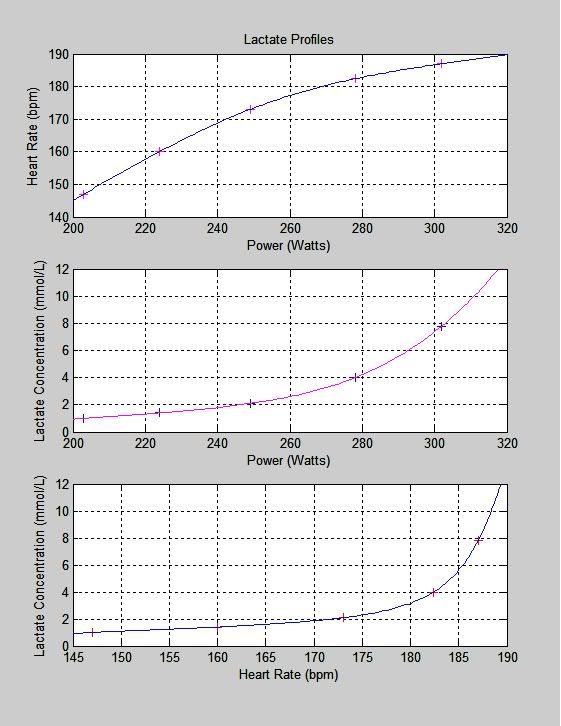A few resources on using heart rates for training.
There is an excellent and comprehensive article at PP Online in the UK.
Polar has a substantial guide on finding your max HR. It also includes a good deal of information about max HR. In it they mention, amongst other things:
Max HR is genetically determined; in other words, you're born with it.
Max HR does not reflect your level of fitness.
Max HR is sensitive to certain variables such as altitude, drugs, medication.
Max HR cannot be increased by training.
Max HR does not decline with age.
Max HR tends to be higher in women than men.
Max HRs that are high do not predict better athletic performance.
Max HR cannot be accurately predicted by any mathematic formula.
Max HR does not vary from day to day, but it is test-day sensitive.
Max HR testing requires the person to be fully rested.
Max HR testing needs to be done multiple times to determine the exact number.
Chris Carmichael in his book "the Ultimate Ride" notes that based on his experience, he uses an average heart rate as collected in an eight minute test for assigning training zones. He feels that an average rate on a maximal test better reflects what the body is doing than any momentary maximal value that might only be reached for a few seconds. It is difficult to translate his experience to rowing, so I only mention this for interest. However, given that he works with an eight minute test it does leave you wondering if useful information could be determined in a 2000 m erg test.
Most training systems also used HR to prescribe zones. For example in the training "bands" presented on the Concept 2 site.
A few thoughts:
All the debate and research would understandably leave one thinking that if you go out and buy a HR monitor you will quickly have access to very precise training intensities. While it is interesting, and clearly provides a better guideline than just guesswork for most athletes, I would argue that there is still a huge variability component. This is why elite athletes look to the more precise testing that is available to them. Consider this:
From PPOnline article:
"For Joe, with his HR max at 190 bpm, using Swain et al, his target HR range is 143-168 bpm, ..."
These researchers are trying to find a formula that will predict based on simple to find values (e.g. age, or max HR) something more complex and harder to find (percent of VO2max). Essentially, they are finding an average that does a good job, but does not predict perfectly for almost anyone.
Now, this is a huge range...in this case a range of 25 bpm to stay in an aerobic training zone.
 There is a thread of discussion over at the Concept 2 Forum, including this interesting excel plot of one poster's data (click on it for a better view). I think it nicely illustrates my point. This athlete has a maxHR on the erg of approximately 190 BPM, like Joe above. Looking at this athlete's lactate data, the entire range (143-168) falls below his 2 mmol threshold. Not bad - but not nearly as precise as it could be. It also doesn't ever kick into the aerobic training zone above 2 mmol and below 4 mmol.
There is a thread of discussion over at the Concept 2 Forum, including this interesting excel plot of one poster's data (click on it for a better view). I think it nicely illustrates my point. This athlete has a maxHR on the erg of approximately 190 BPM, like Joe above. Looking at this athlete's lactate data, the entire range (143-168) falls below his 2 mmol threshold. Not bad - but not nearly as precise as it could be. It also doesn't ever kick into the aerobic training zone above 2 mmol and below 4 mmol.
Based on the Concept 2 bands this athlete's UT2 band would be between 105 and 133 BPM (55-70% of maxHR) and the UT1 band would be between 133 and 152 BPM (70-80% of max HR). We can see from the lactate data though that both bands are well below the 2 mmol value which occurs at 173 BPM.
This may be a reflection of this athlete's well-trained state. Max HR does not change with training, but the lactate threshold certainly does increase...in this case to the point of shifting his real training zones well beyond those prescribed by a simple HR prediction.
I do not suggest that these results for one individual makes HR training wrong! That would be throwing the baby out with the bathwater so to speak. I'm just illustrating what athletes look to more precise testing.
